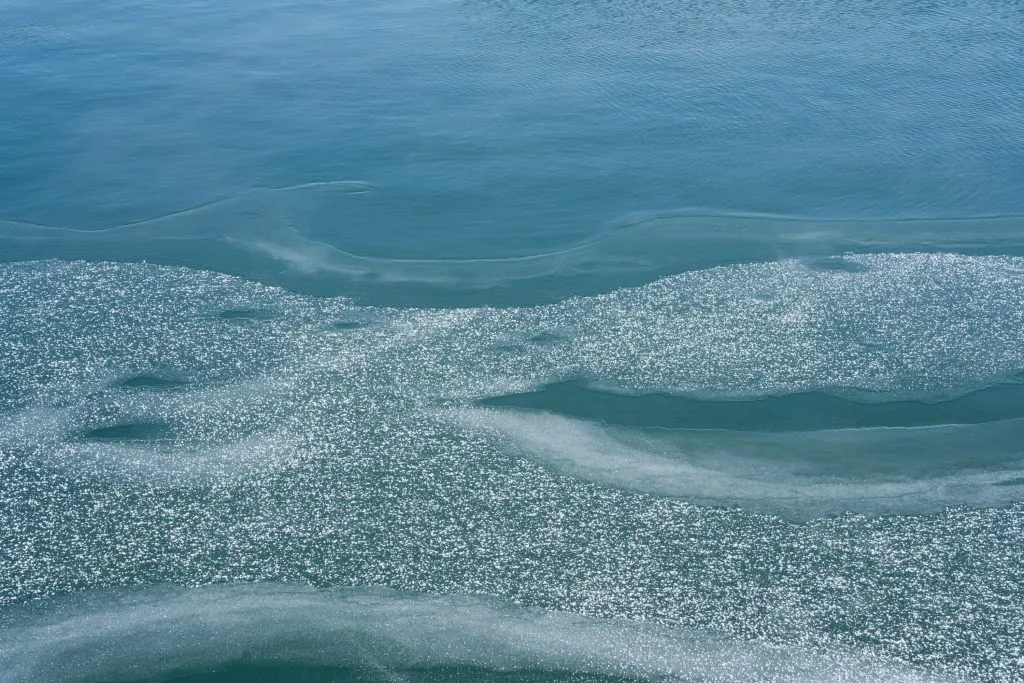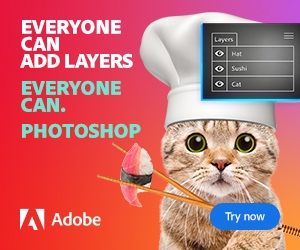Video editing is the bridge between raw footage and the final polished product that captivates audiences. Whether you’re creating content for social media, YouTube, or a corporate video, the ability to edit and refine your footage can elevate your work from simple clips to engaging, professional content.
In this article, we’ll explore the essential video editing techniques every creator should know, from organizing your footage to adding effects and fine-tuning audio. Whether you’re new to video editing or want to sharpen your skills, these tips and insights will help you craft videos that leave a lasting impact.
Why Video Editing Matters
Video editing is far more than just arranging clips in a sequence. It’s about transforming raw footage into a compelling story that resonates with your audience. Here’s why it’s so important:
Create a Clear Narrative: Editing allows you to craft a story. Whether you’re making a vlog, tutorial, or cinematic film, editing helps you establish a beginning, middle, and end, keeping your audience engaged from start to finish.
Maintain Engagement: People are more likely to watch videos that are well-paced and visually appealing. Editing enables you to keep the viewer’s attention by removing unnecessary scenes, adding dynamic shots, and controlling the video’s flow.
Professionalism and Quality: Well-edited videos look more polished and credible. With effective editing, you can adjust lighting, improve color, and remove distracting elements, resulting in a high-quality production that stands out.
Optimize for Platforms: Different platforms require different video formats. Editing lets you optimize your video’s aspect ratio, resolution, and length, ensuring it’s perfectly suited for YouTube, Instagram, TikTok, or Facebook.
The editing process is where you transform an idea into something that connects with your audience, making it an essential skill for anyone who creates video content.
Step-by-Step Guide to Editing Videos
Now, let’s dive into the essential steps you need to follow when editing your videos. These steps will guide you through the entire process, from importing footage to the final export.
1. Organize Your Footage
The first step to efficient editing is organizing your footage. Having a system in place ensures that you can find what you need quickly and reduces the risk of wasting time searching for clips.
Here’s how to stay organized:
Label Your Clips: Name your files based on their content (e.g., “Interview with John,” “B-Roll Beach Shots”). This makes it easier to identify them later.
Create Folders: Use folders to group footage, audio, music, and graphics. For example, create a folder for “Main Clips” and another for “Sound Effects.”
Use a Timeline: In your editing software, arrange the footage in the timeline in the order you think it will appear in the final video. This helps establish the overall structure early on.
By organizing your materials, you’ll streamline your workflow and reduce editing time significantly.
2. Trim and Cut Your Clips
The next step is to trim and cut your clips to remove unnecessary footage. Most video editing software has tools for trimming the beginning and end of clips, as well as splitting longer clips into smaller sections.
Here’s what to focus on:
Cut Out Unnecessary Footage: Remove long pauses, errors, or moments that don’t add value to the video.
Keep It Concise: Viewers’ attention spans are short, so trim the fat. Focus on the key points or moments that move the narrative forward.
Maintain Flow: While cutting out unnecessary parts, ensure the video still flows logically and smoothly.
This step is crucial to maintain a fast-paced, engaging video that keeps viewers interested.
3. Fine-Tune the Audio
Good audio is just as important as visuals when it comes to video editing. Poor audio quality can distract viewers and reduce the impact of your video, even if the visuals are top-notch.
Here’s how to improve your audio:
Adjust Audio Levels: Ensure that background music, sound effects, and dialogue are balanced. You don’t want one element overpowering the others. Most editing programs allow you to adjust audio tracks independently.
Remove Background Noise: Use noise reduction tools to eliminate hums, clicks, or any unwanted background noise that distracts from the dialogue.
Add Music and Sound Effects: Carefully selected music and sound effects can set the tone of your video. Whether it’s an upbeat soundtrack for a vlog or a subtle ambient background for a tutorial, music can enhance your content. Just ensure it doesn’t overpower your main audio.
By giving attention to sound, you enhance the viewer’s overall experience and make your video more immersive.
4. Add Transitions and Effects
Transitions and effects can add visual flair and help to smooth out scene changes, but it’s important to use them sparingly. Too many transitions or flashy effects can overwhelm the viewer and detract from the message of your video.
Transitions: Use simple transitions such as fades or dissolves to move between scenes. Quick, sharp cuts work well for fast-paced edits, while fades are great for creating a calm, relaxed vibe.
Visual Effects: Enhance the atmosphere of your video with color correction, slow motion, or time-lapse effects. Use these tools to create a specific mood—warm tones for a nostalgic vibe, or cooler tones for a more dramatic look.
Remember, transitions and effects should support the story, not steal the show. Keep them subtle and effective.
5. Enhance with Text and Graphics
Text and graphics can add crucial information to your video, like titles, captions, or calls to action. These elements help reinforce your message and make your video more accessible.
Consider the following:
Titles and Lower Thirds: Add titles at the beginning to introduce the video and use lower thirds to identify people, locations, or key information.
Captions: Adding captions can make your content more accessible to a wider audience, including people watching without sound or those who are hearing-impaired.
Call-to-Action (CTA): Encourage viewers to engage with your content. Simple CTAs like “Like and Subscribe” or “Leave a Comment” can help increase interaction.
The right use of text and graphics can add clarity, style, and personality to your video.
6. Color Correction and Grading
Color correction ensures that the colors in your footage look natural, while color grading allows you to add a creative touch to give your video a specific look or mood.
Here’s what to focus on:
Fix Lighting Issues: Correct any lighting imbalances, such as overexposure or underexposure, to ensure the video looks well-lit and clear.
Adjust White Balance: Ensure that colors appear neutral and natural by adjusting the white balance, especially if you’re filming under different lighting conditions.
Color Grading: Apply a color grade to give your video a unique visual style. Use warm tones for a cozy feel or cool tones for a more modern, sleek look.
Good color work can drastically improve the overall feel of your video, making it look more polished and professional.
7. Exporting Your Video
After you’ve finished editing, the final step is to export your video in the right format. Here’s what you need to consider:
Resolution: Export your video in a high resolution (e.g., 1080p for YouTube) to ensure it looks sharp.
File Size: While you want high quality, make sure the file size is manageable for uploading to your desired platform.
Format: The most common export formats are MP4 and MOV, both of which offer good quality while maintaining a relatively small file size.
Be sure to choose the export settings that align with the platform where you’ll be sharing your video.
Conclusion
Video editing is a skill that can transform your raw footage into a polished, professional video that captures and holds the attention of your audience. By following the steps outlined above—from organizing your clips to fine-tuning the audio, adding effects, and color grading—you can create videos that have a significant impact.
Remember, video editing is an art, and practice is key. The more you edit, the better you’ll get at identifying what works and honing your unique editing style. Whether you’re creating content for social media, YouTube, or any other platform, effective video editing is the key to making your content stand out.



